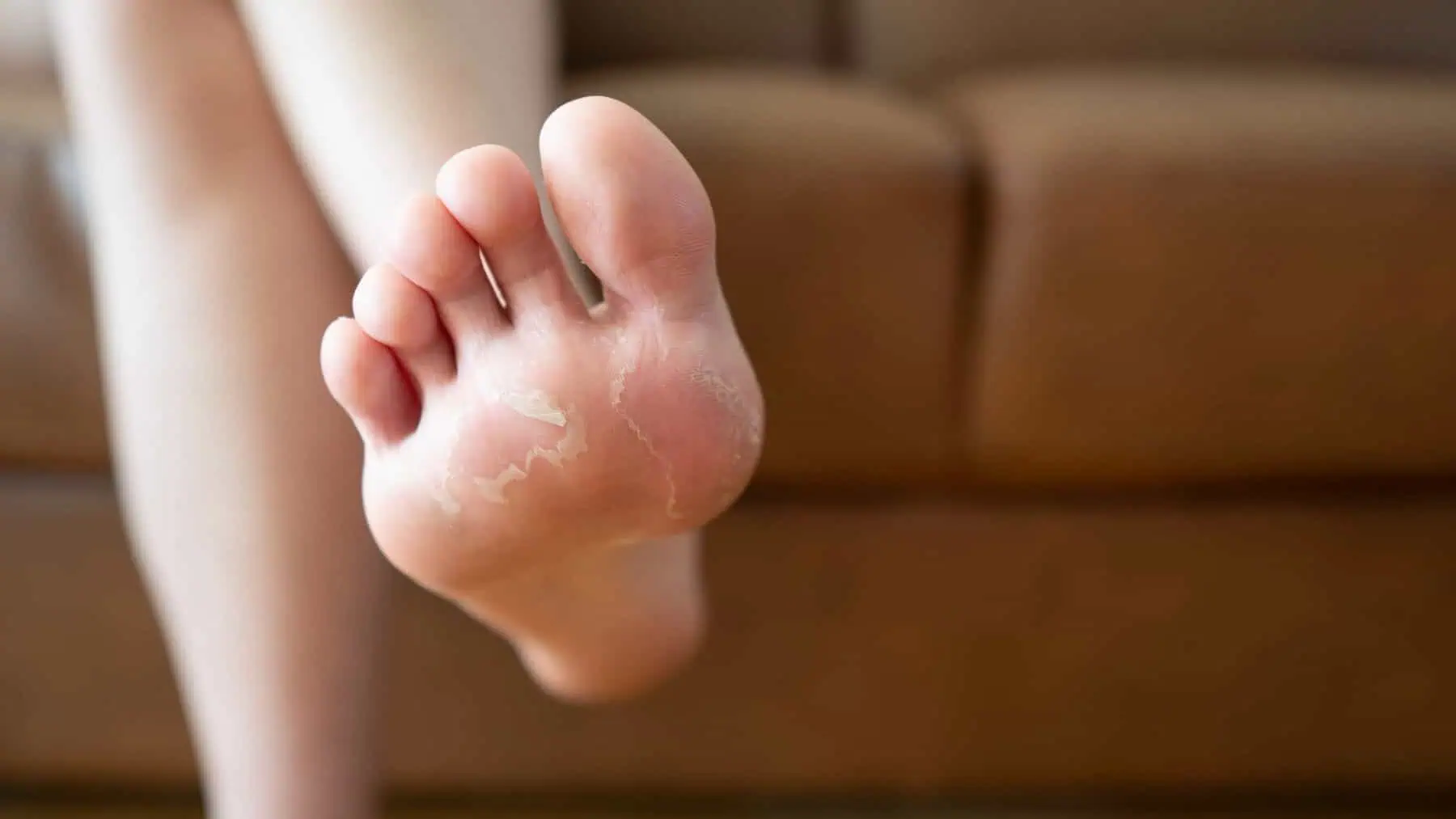Athletes Foot in New York, NY

Athletes Foot in New York, NY
Athlete’s Foot, or tinea pedis, is a common fungal infection that primarily affects the Foot’s skin, though it can also spread to the hands and toenails. This condition is characterized by itching, burning, and skin scaling, particularly between the toes. Individuals with Athlete’s Foot may experience redness, cracking, and blisters, leading to discomfort and pain. Through direct contact or sharing contaminated surfaces, such as floors and shoes, the condition can be spread very quickly. Treatments for Athlete’s Foot include topical antifungal creams, lotions, shampoos, gels, or solutions, oral antifungal medications, and laser treatments. These therapies eliminate the fungus, relieve symptoms, and prevent recurrence.
Causes and Variations of Athlete's Foot
Athlete’s Foot is caused by dermatophytes, a group of fungi that thrive in warm, moist environments, making locker rooms, public showers, and swimming pools common breeding grounds for the infection. Poor foot hygiene, tight-fitting shoes, and prolonged dampness of the feet can also contribute to the development of Athlete’s Foot. Several variations of Athlete’s Foot, including interdigital, moccasin, and vesicular types, present slightly different symptoms. Interdigital Athlete’s Foot, the most common type, affects the skin between the toes, while moccasin Athlete’s Foot leads to dryness and scaling on the soles and sides of the feet. Vesicular Athlete’s Foot is less common and is characterized by fluid-filled blisters.
What are the different procedures for treating athletes' feet?
Topical Antifungal Creams, Lotions, Shampoos, Gels, or Solutions
Topical antifungal treatments are often the first line of defense against Athlete’s Foot. Creams, lotions, shampoos, gels, and solutions are all available as alternatives to conventional medications. These medications work by killing the fungus and relieving symptoms directly on the skin. Treatment usually lasts for several weeks, depending on the severity of the infection, and should be continued even after symptoms subside to prevent recurrence.
Oral Antifungal Medications
It may be necessary to prescribe oral antifungal medications if topical treatments fail to relieve a more severe or persistent case of Athlete’s Foot. These medications work systemically, targeting the fungus from within the body. Treatment duration can vary, but it typically ranges from a few weeks to several months, depending on the specific drug and the extent of the infection. Taking oral antifungals requires regular monitoring by a healthcare provider to ensure side effects are controlled.
Laser Treatment
With concentrated light energy, laser treatment destroys the fungus causing Athlete’s Foot without invasive methods. In addition to topical and oral medications, this method is particularly helpful for patients who prefer an alternative to these methods. The effectiveness of laser treatments can vary from patient to patient, but treatment sessions are usually quick, comfortable, and require several sessions to achieve the best results. The procedure is safe, with a low risk of side effects, and is often used with other treatments for comprehensive care.
Benefits of Treating Athlete's Foot
- Relief from itching and burning sensations
- Elimination of fungal infection
- Prevention of the spread of infection to other areas of the body
- Reduction of the risk of secondary bacterial infections
- Increased confidence in public settings
- Improved appearance of the skin on the feet
- Decreased risk of transmitting the infection to others
- Restoration of healthy skin function
- Enhanced comfort during daily activities
- Long-term prevention of infection recurrence
Frequently Asked Questions
This fungal infection affects the feet and is caused by bacteria, yeast, or fungi. It is diagnosed by examining the skin and sometimes performing a fungal culture or scraping to confirm fungi’s presence.
If not properly treated, an Athlete’s Foot can spread to other areas, such as the hands, nails, and groin. Maintaining good hygiene and using prescribed treatments can prevent this spread.
The most effective treatments include topical antifungal medications, oral antifungal drugs for severe cases, and laser therapy for targeted treatment. It depends on the severity and type of athlete’s foot as to which treatment should be used.
Although treatment duration varies depending on the severity of the infection, but most cases improve within a few weeks with consistent application of topical or oral antifungal medications.
By keeping your feet clean, wearing breathable shoes, and not walking barefoot in public places, you can prevent Athletic Foot.
Laser treatment for Athlete’s Foot is safe and effective, with minimal side effects. It is suitable for patients looking for a noninvasive treatment alternative.
